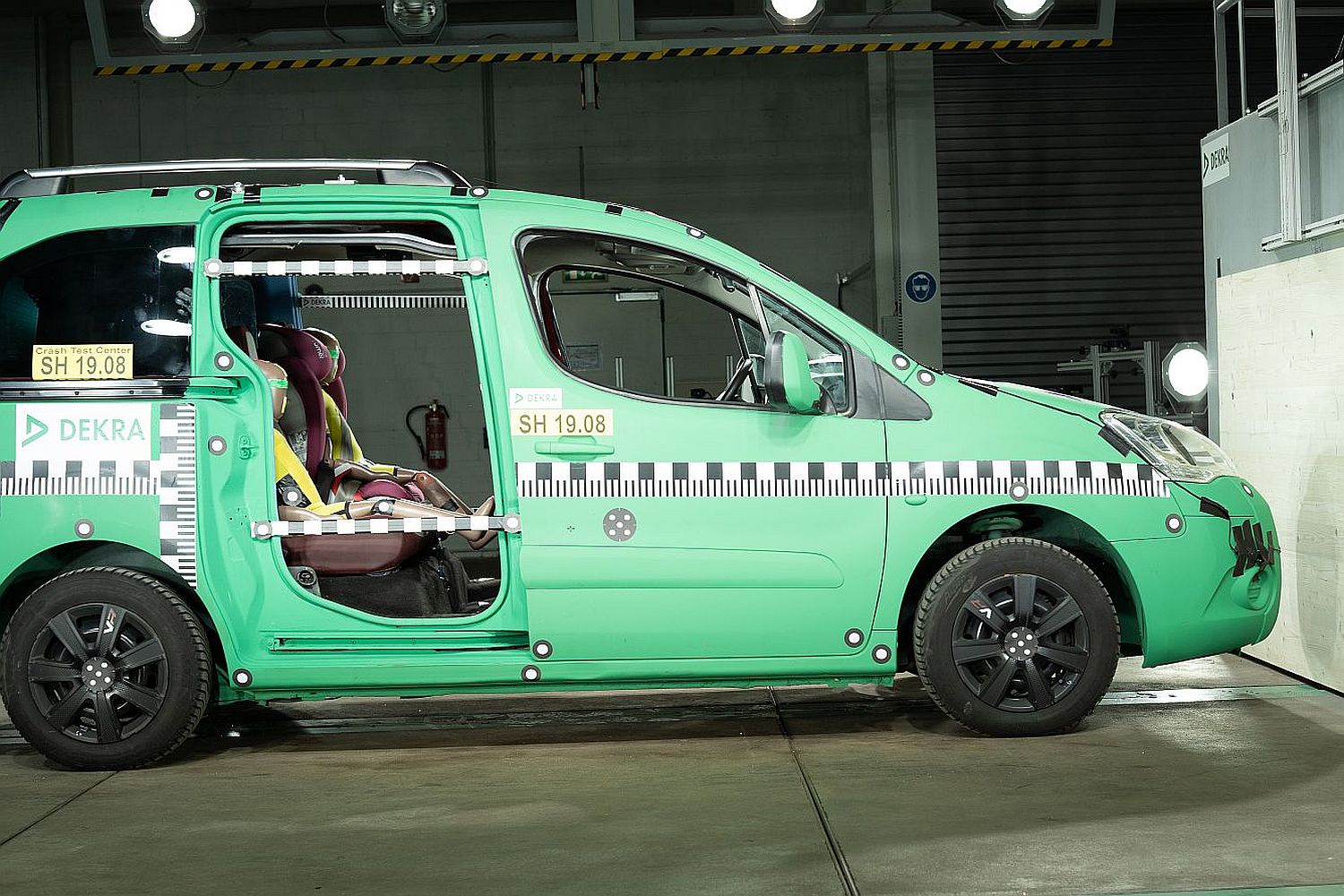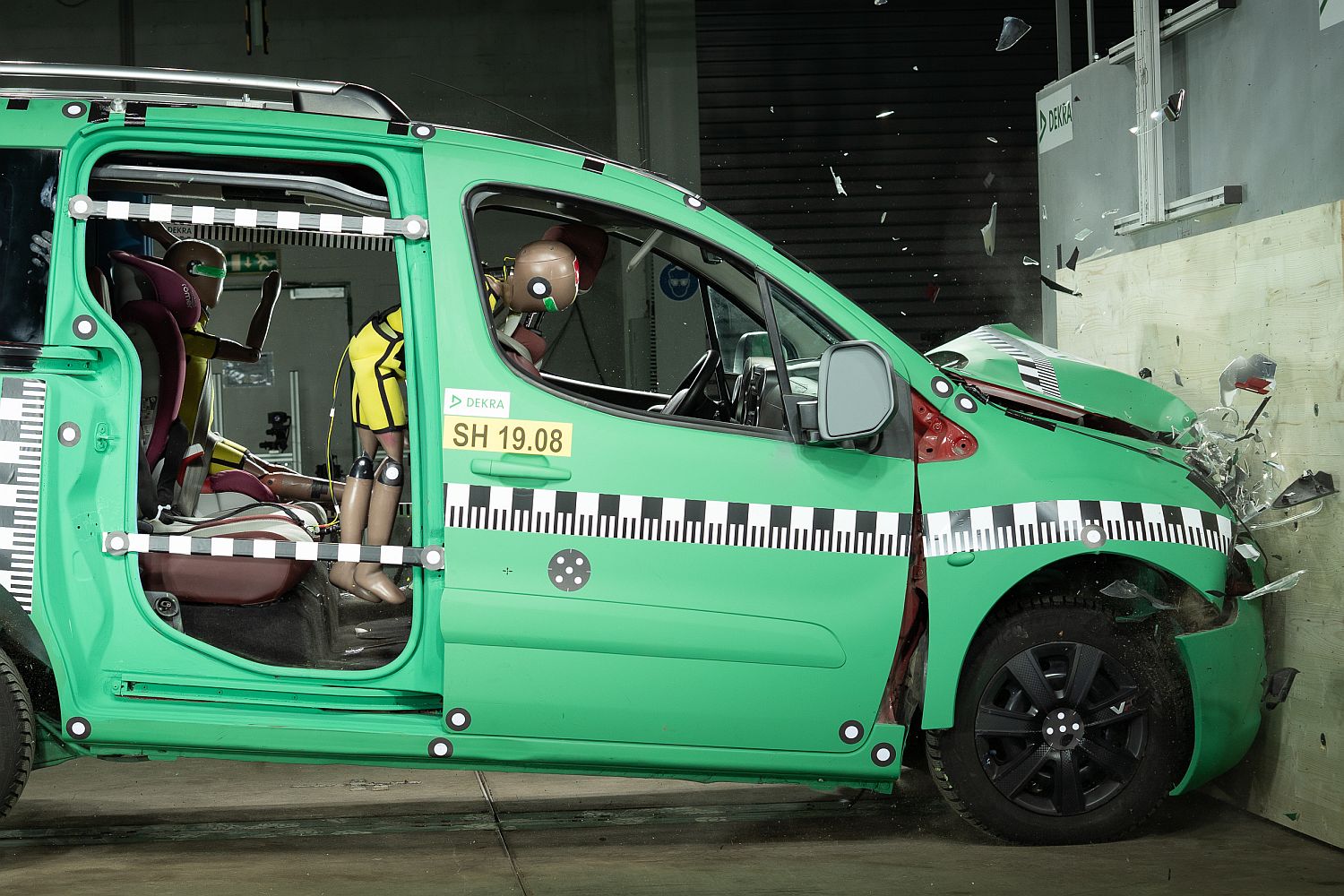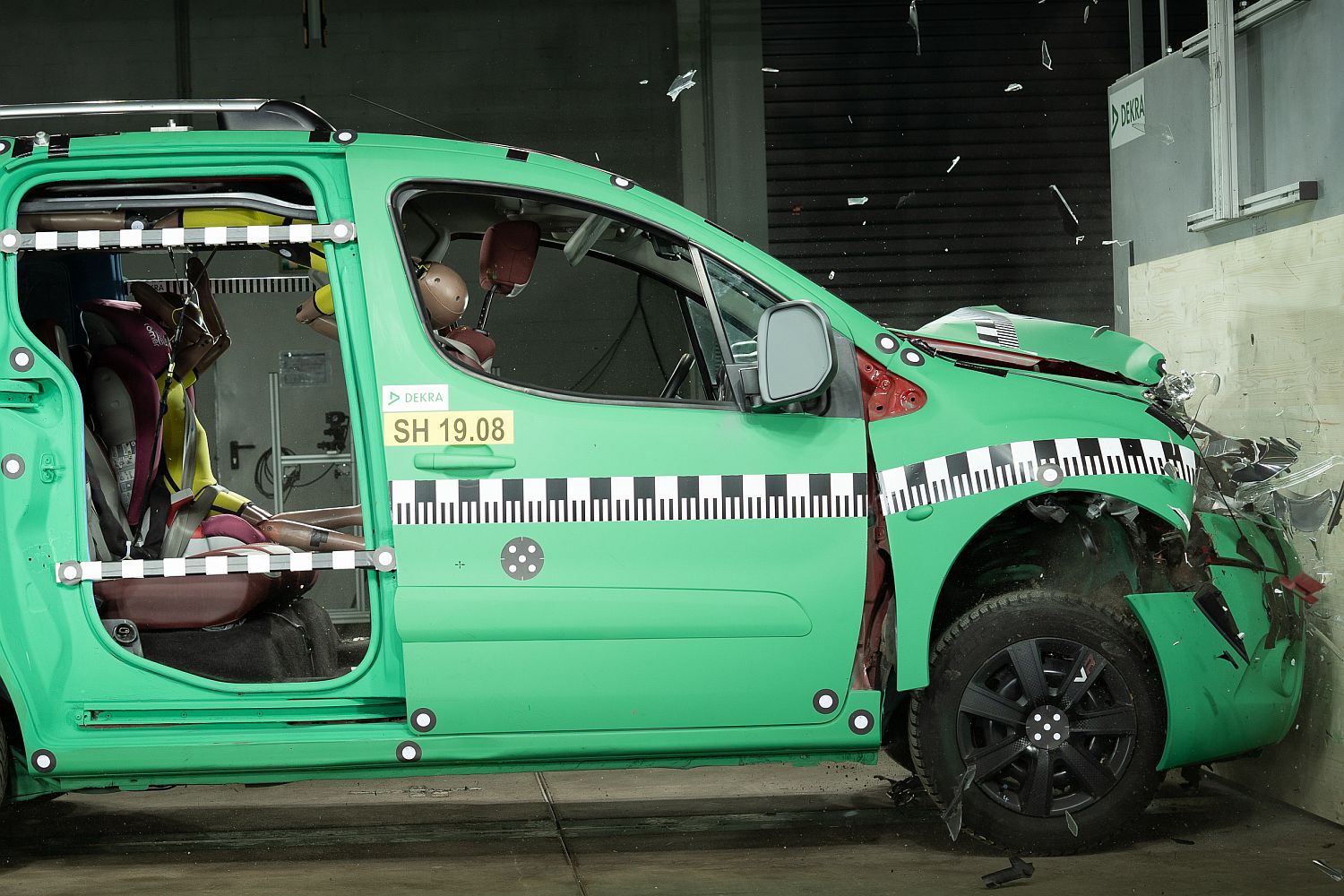Highest Danger to the Life of the Youngest
Author: Matthias Gaul
Children need to be better secured in the vehicle. A crash test conducted by DEKRA makes this unmistakably clear.
The results of a study published in 2018 by the Accident Research of Insurers (UDV) on the use of child protection systems in passenger cars are alarming: According to the study, in over 1,000 investigated cases in Germany only 52 percent of babies and children were correctly secured. In the vast majority of cases there was a child protection system, but many users had problems with handling or did not consider it necessary to fasten the child correctly due to a short distance or time pressure.
The problem: If the belt is not correctly fastened, the child can collide with the roof lining in an accident. Then the offspring are threatened with serious injuries such as spinal compression. If the child is too loosely secured in the seat or if the seat is not the right size, massive flexion and overstretching of the cervical spine may occur in the event of an impact. The nerve cords can be permanently damaged. If the head hits the front seat, in the worst case a craniocerebral trauma can occur.
DEKRA carried out a crash test in 2019 to illustrate the consequences of a collision at a speed of only 50 km/h, which is usual in urban areas. A child dummy was properly secured in a child seat, a second child dummy was not strapped to the back seat. With a height of 1.13 meters and a weight of 23 kilograms, a six-year-old child was resembled. Result: While the properly secured child dummy is held back by the belt and additionally protected by the child seat, the unsecured dummy is tossed around in the vehicle. In a real accident, a child would have suffered severe to fatal injuries. In addition, the force of the impact against the backrest of the seat in front and the risk of direct head-to-head contact also endanger the person on the seat in front.
The following therefore applies: children must be properly secured in the vehicle every time they travel – regardless of the distance travelled or time pressure. At the same time, however, vehicle manufacturers are also required to fit ISOFIX retaining lugs as standard on all car rear seats. The child seat manufacturers, on the other hand, should formulate the operating instructions clearly and easily understandable and should also explain how to operate the seats. Logical and simple. Also note: The seat must correspond to the child’s weight, height and age. It is best to let the child sit for a test before buying. After all, baby car seats, child seats and booster seats are all suitable products for all ages and statures.
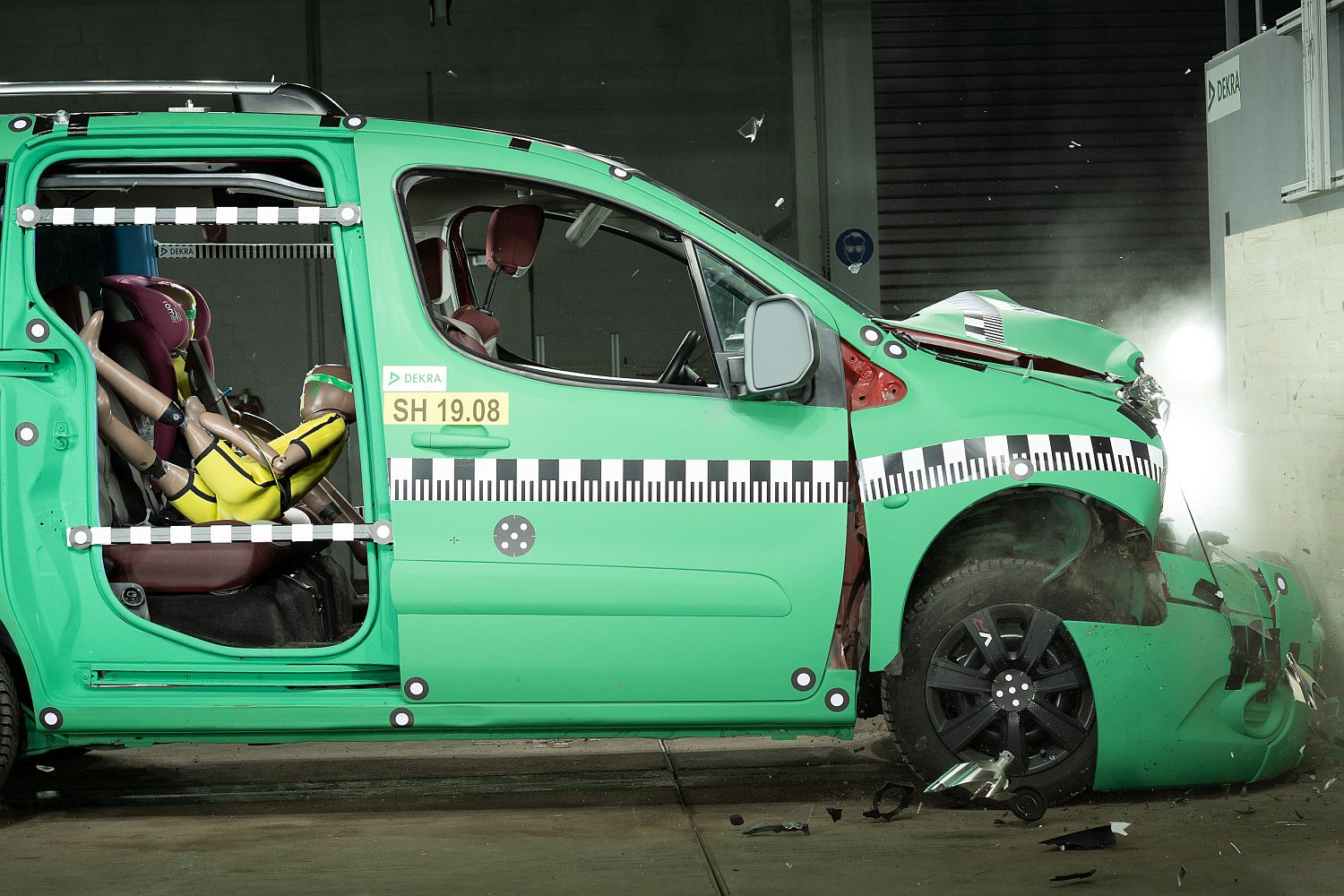
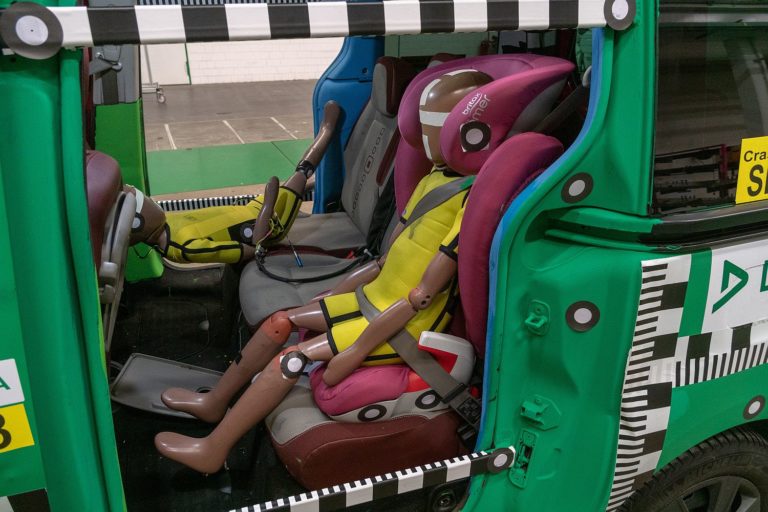
By the way, in many countries of the world a suitable protection for babys and children adjusted to their weight and height is mandatory in vehicles. As the World Health Organization (WHO) states in its „Global Status Report on Road Safety 2018“, in 84 countries of the world child seats are mandatory. However, only 33 states meet the “Best-practice”-requirements of the WHO, according to which children up to an age of ten years, or rather a height of 135 centimeters have to be secured. Furthermore, children up to a certain age or height are not allowed to travel on the front seat.
The number of children killed can be reduced by at least 60 percent
The WHO’s declared aim is to increase the share of vehicle occupants using child restraints up to almost 100 percent by the year 2030. However, there is still a long way to go until then. For example, according to the Observatoire National Interministériel de la Sécurité Routière, almost 20 percent of children and adolescents killed in car accidents in France in 2017 were not wearing seat belts. In 2016, according to the National Highway Traffic Safety Administration (NHTSA), 17 percent of traffic victims in the US under the age of 15 were not wearing a seat belt. Nevertheless, the use of these systems is undisputed. With reference to a study on Swedish accident data the WHO states in its already mentioned report that the number of killed children could be reduced by at least 60 percent if child seats were widely used.
About the facts mentioned above and many more facts on the safety of children in road traffic you can read in the current DEKRA Road Safety Report 2019. It is available for download in German, English, French, Spanish, Italian and Portuguese language under
www.dekra-roadsafety.com.
Moreover, you find additional information, such as videos or interactive graphics.

